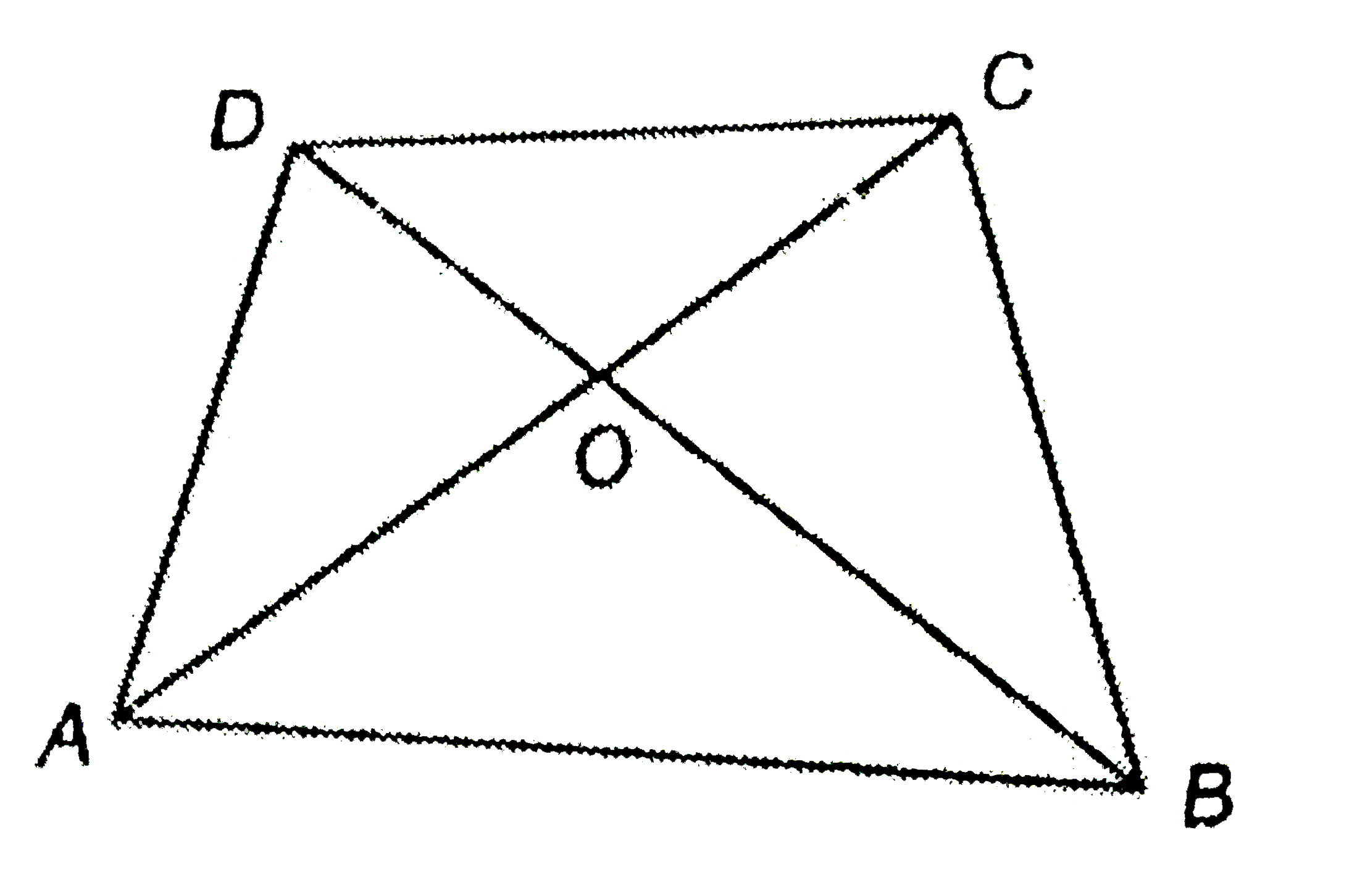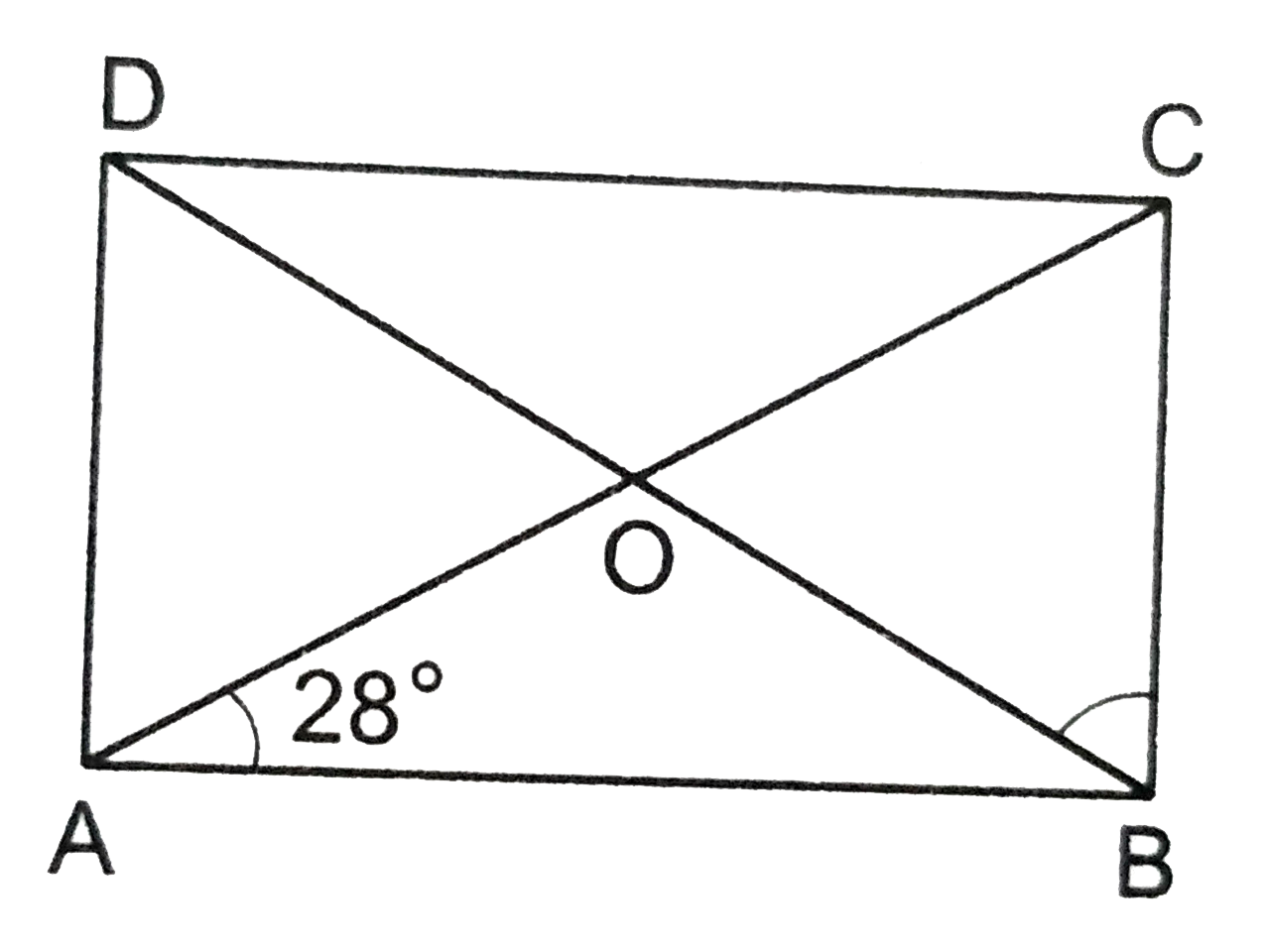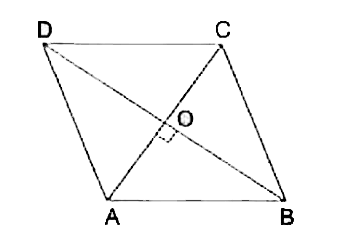If ABCD is a quadrilateral whose diagonals AC and BD intersect at O, then

(AB+BC+CD+AD)<(AC+BD)
(AB+BC+CD+DA)>2(AC+BD)
(AB+BC+CD+DA)>(AC+BD)
AB+BC+CD+DA=2(AC+BD)
The correct Answer is:C
Step by step video & image solution for If ABCD is a quadrilateral whose diagonals AC and BD intersect at O, then by Maths experts to help you in doubts & scoring excellent marks in Class 14 exams.
Updated on:21/07/2023Topper's Solved these Questions
- QUADRILATERALBOOK - ADVANCED MATHS BY ABHINAY MATHS ENGLISHCHAPTER - QUADRILATERALEXERCISE - EXERCISE
48 Videos
- PROFIT & LOSSBOOK - ADVANCED MATHS BY ABHINAY MATHS ENGLISHCHAPTER - PROFIT & LOSSEXERCISE - Questions
200 Videos
- RATIO & PROPORTIONBOOK - ADVANCED MATHS BY ABHINAY MATHS ENGLISHCHAPTER - RATIO & PROPORTIONEXERCISE - QUESTIONS
113 Videos
Similar Questions
In the adjoining figure, ABCD is a quadrilateral. Its diagonals AC and BD intersect at point 'O'. Prove that :
(a) AB+BC+CD+DA<2(AC+BD)
(b) AB+BC+CD+DA>(AC+BD)

View SolutionABCD is a parallelogram whose diagonals AC and BD intersect at O. A line through O intersects AB at P and DC at Q. Prove that ar (ΔPOA)= ar (ΔQOC).
View Solution
Knowledge Check
ABCD is a quadrilateral whose diagonals are AC and BD. Which one of the following is correct?
AA. −−→BA+−−→CD=−−→AC+−−→DBBB. −−→BA+−−→CD=−−→BD+−−→CACC. −−→BA+−−→CD=−−→AC+−−→BDDD. −−→BA+−−→CD=−−→BC+−−→ADABCD is a quadrilateral whose diagonals are AC and BD. Which one of the following is correct?
A−−→BA+−−→CD=−−→AC+−−→DBB−−→BA+−−→CD=−−→BD+−−→CAC−−→BA+−−→CD=−−→AC+−−→BDD−−→BA+−−→CD=−−→BC+−−→ADIn the given figure, ABCD is a rectangle whose diagonals AC and BD intersect at 0. If ∠OAB=28∘, then ∠OBC is equal to
 A72∘B50∘C62∘D75∘
A72∘B50∘C62∘D75∘
In the adjoining figure, ABCD is a rectangle whose diagonals AC and BD intersect at O. If ∠OAB=28∘, find ∠OBC.

View SolutionABCD is a quadrilateral whose diagonals intersect each other at the point O such that OA=OB=OD.If∠OAB=30∘, then the measure of ODA is :
View SolutionIn the adjacent figure , ABCD is a rhombus whose diagonals AC and BD intersect at a point O. If side AB=10 cm and diagonal BD=16 cm , find the length of diagonal AC.

View SolutionABCD is a cyclic quadrilateral whose diagonals intersect each other at point O. If ∠CAB=25∘ and ∠BCD=85∘ then find ∠CBD.
View SolutionABCD is a quadrilateral whose diagonals AC divides it into two parts, equal is area. Then, ABCD is
View Solution